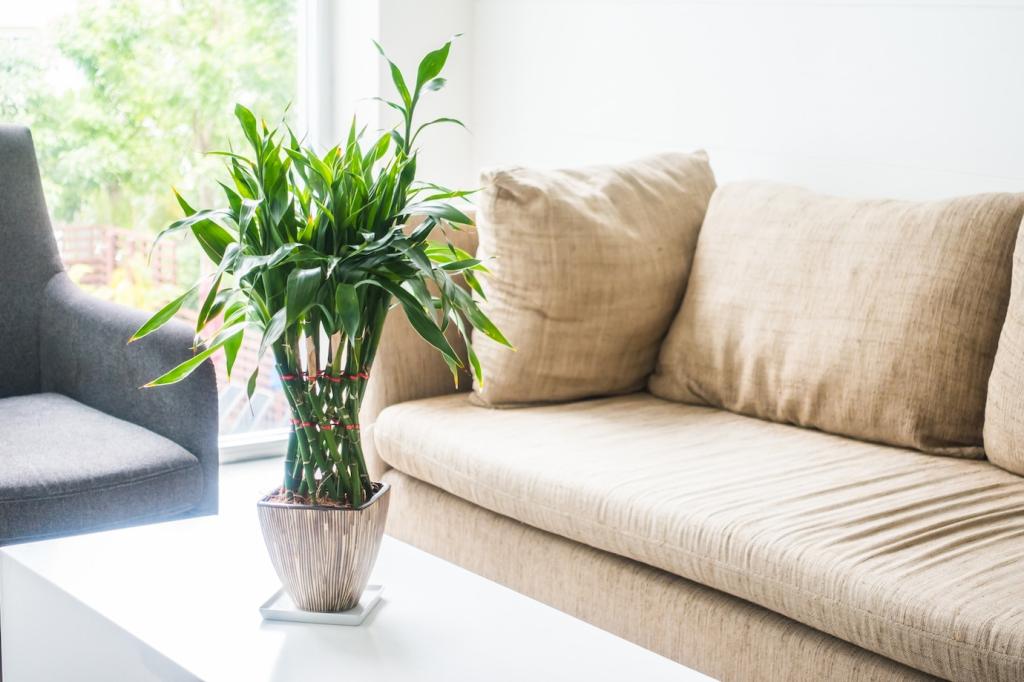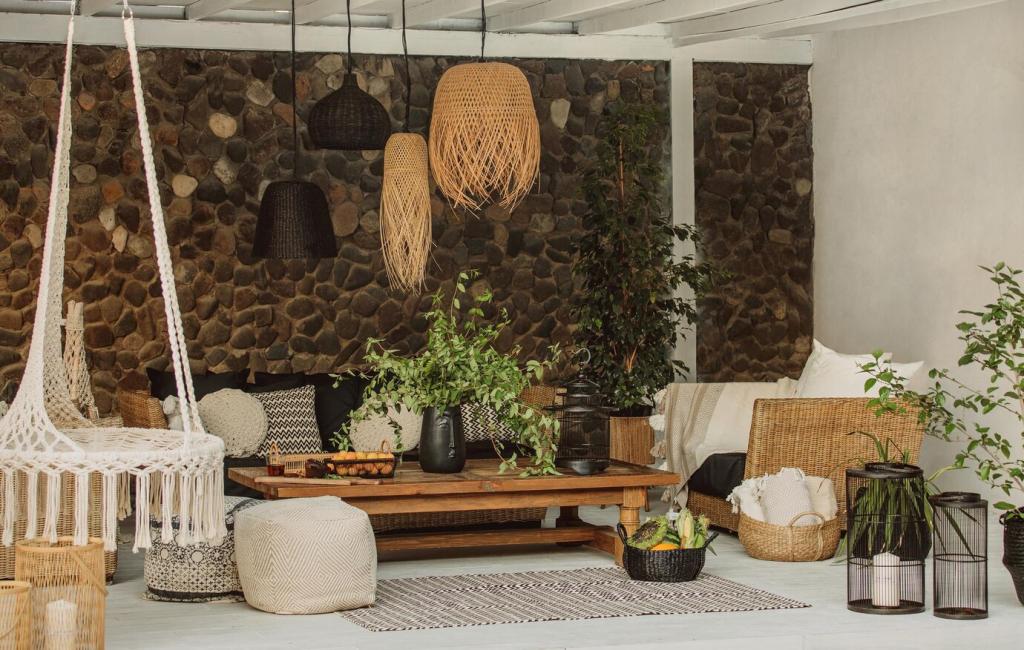
Innovative Eco-Friendly Materials in Interior Design
The world of interior design is undergoing a sustainable transformation, as designers increasingly prioritize eco-friendly materials without compromising on style or functionality. Innovative green materials are now at the forefront, revolutionizing interiors by merging environmental responsibility with modern aesthetics. These pioneering solutions not only reduce ecological footprints but also create healthier indoor environments. As consumers become more conscious about their choices, the demand for sustainable options rises, prompting manufacturers and designers to push the boundaries of creativity. Discover how these cutting-edge materials are reshaping the interiors of homes, offices, and commercial spaces, paving the way for a greener, more beautiful future.
Recycled and Upcycled Elements
Reclaimed Wood
Recycled Glass Surfaces
Upcycled Metal Accents
Plant-Based and Renewable Materials
Low-Impact Paints and Coatings
Biodegradable and Compostable Solutions

